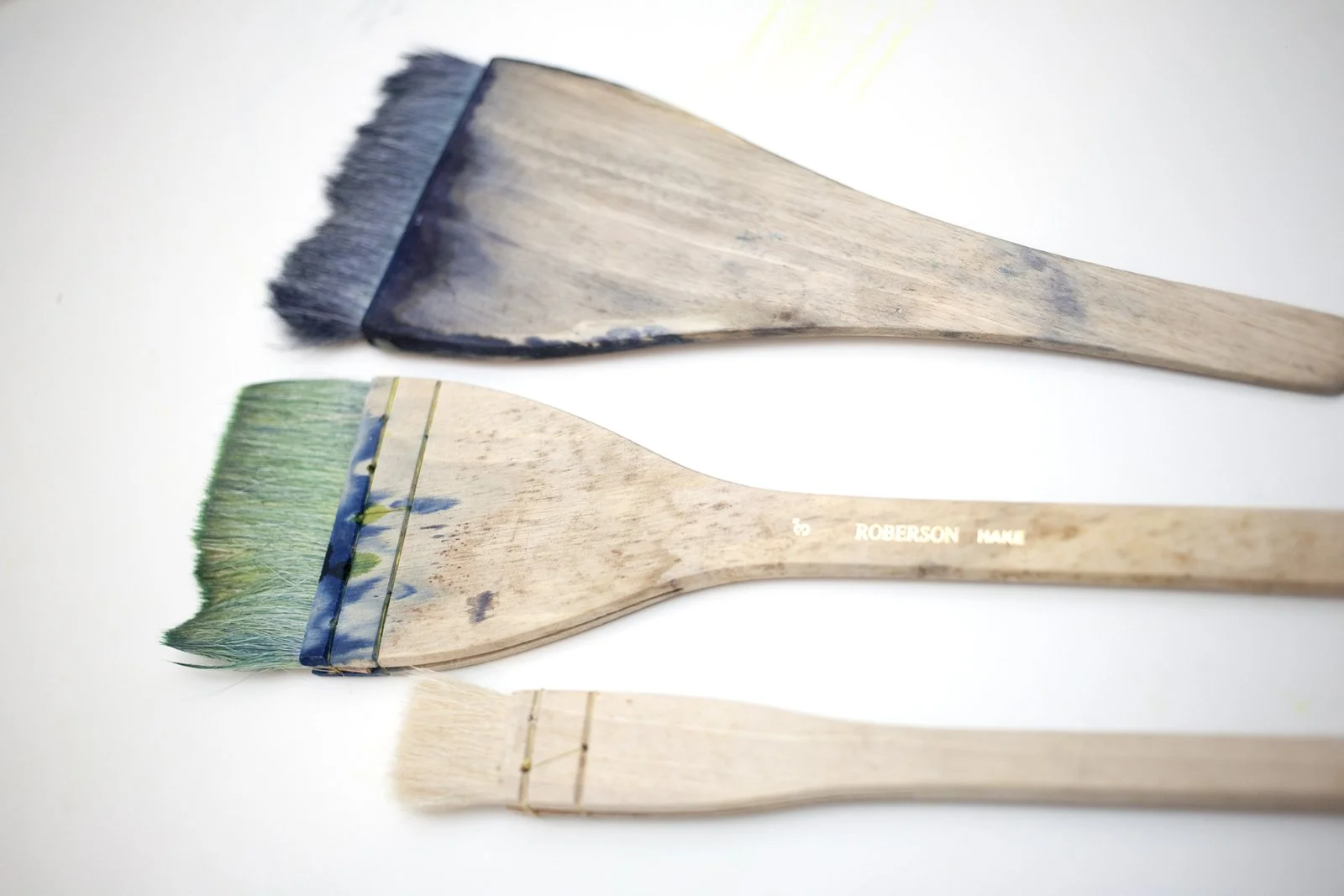Cyanotype Blue - a Magic Story part two
Following on from part one here, where I wrote a little about the background of blue. A little Social History of the colour blue…
I thought you may be interested in seeing how blue has become such an esteemed colour over time and how this gives us a little insight into how colour becomes embedded in our psyche. Interestingly colour is and has been received in different ways in different cultures. East and West reception of colour can differ enormously. Example, the colour orange - it is a sacred colour in many Eastern religions. Hindu and Buddhist monks wear orange robes, and in Hinduism, orange represents fire and therefore purity. As a result of this - remember the Mobile phones? Well, in the 1990’s they had to rethink their marketing strategy when they told the product to India, so as not to offend.
The fashion for blue and white Chinese ceramic began in the early 17th century with Portuguese and Dutch traders imported large quantities of Kraak porcelain and inevitably the Chinese makers began making specifically for this market.
Closer to home Rossetti insisted on using real Ultramarine when he was working on the Oxford Union murals in 1857. This was a really expensive pigment made from lapis lazuli. William Morris (1834 - 96) was interested in recreating the recipe for Woad - a natural indigo dye made from the leaves of the herb Isatis tinctorial. Jeans were dyed blue with indigo by Levi Strauss in the 1850’s too. Morris was interested in dyeing his tapestries and curtains produced by William Morris and Co and also he would dye his own shirts. Since then serious designers work blue shirts.
As a difficult colour to produce naturally it was used in paintings only for those of significant importance. Dark blue, indigo and colbalt could only be retrieved from a few parts of the world and thus made it hard to ascertain. It was mined from what is now part of the rough and dangerous mountains of Afghanistan. Its rarity increased its value. As a result it cost more to use in items such as fabric or paint.
Louis XIV used pale blue as the main colour of court at Versailles in the mid 1700s. During the Renaissance, painters reserved the use of deep blue for the colour of The Virgin Mary’s clothing to symbolise her importance. And even during Shakespeare’s time, the colour of your clothing denoted your position in society. Blue fabrics showed you ranked high up in society. Perhaps an explanation for the term used to describe royalty as blue bloods?
Blue is rarely seen in natural foods - who remembers the kerfuffle over blue Smarties here in the UK? Equally it is a rarer colour in nature too.
I’ve made these images pinnable, if you would like to share them on social media, then thank you. It would help me tremendously. (Please credit me though)
If you would like to stay in the loop and receive notification of when new blog posts are published or stay up to date with everything else, then please join the Creative Circle by using the button opposite.




